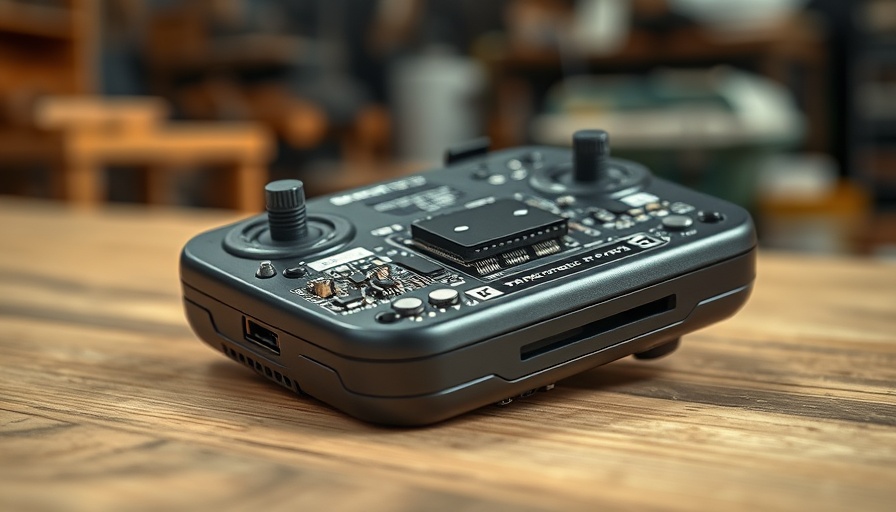
Revolutionizing Drone Technology: The MOEXHAWK-FC V1.0.1
The advancements in drone technology continue to impress enthusiasts and professionals alike. At the forefront of this evolution is the MOEXHAWK-FC V1.0.1, a compact and reliable standalone flight controller designed specifically for various demanding applications, including UAVs, robotics, and FPV drones. This new release represents a significant leap in how drones operate, presenting features and functionality that cater to both seasoned pilots and newcomers alike.
Why the MOEXHAWK-FC Stands Out
What truly sets the MOEXHAWK-FC V1.0.1 apart is its robust design and versatile use cases. Engineered in Altium Designer, this flight controller is encapsulated in a compact 4-layer PCB shell, measuring only 39 mm x 41.6 mm, making it exceptionally lightweight and portable. Yet, despite its small size, it incorporates essential flight systems and high-precision sensors that ensure maximum flight performance.
Key Features Driving Performance
The MOEXHAWK-FC boasts impressive technology, including a high-performance ICM42688-P IMU and a DPS368 barometer, both crucial for accurate positioning and stability during flight. This advanced setup enhances the flight controller’s capability to handle complex maneuvers that are often required in both autonomous UAVs and FPV racing scenarios.
Additionally, the MOEXHAWK-FC V1.0.1 integrates numerous connectivity options, such as:
- 9x PWM outputs, providing flexibility in motor control
- 4x telemetry ports to enable real-time data communication
- Robust I2C expansion support for additional sensors and modules
Ample support is a defining feature of this flight controller, verified for compatibility with popular platforms like ArduPilot and Betaflight, alongside custom ArduPilot firmware. The built-in MicroSD logging facility further aids operators by allowing data recording for post-flight analysis.
Field Testing: Proven Reliability
Extensive field tests validate that all key components—IMU, barometer, telemetry input, and more—perform exceptionally well when deployed in both autonomous and FPV flight scenarios. This reliability builds confidence for users seeking robust solutions that can cope with various environmental conditions and use cases.
A Future-Oriented Approach: What’s Next for UAV Controllers?
The advent of flight controllers like the MOEXHAWK-FC V1.0.1 sparks discussions around future trends in UAV technology. As drone applications expand beyond recreational use into sectors like agriculture, disaster management, and security, the demand for high-performance components will only grow. This controller exemplifies how innovation will play a pivotal role in making drone operations more efficient, reliable, and widely accepted.
Get Engaged with the Community
For those eager to dive deeper into the technical specifications and ongoing updates of the MOEXHAWK-FC V1.0.1, a wealth of information is available on GitHub. Engaging with the community around this technology can provide invaluable insights and foster connections among drone enthusiasts and industry professionals alike.
We encourage readers with a passion for technology and an interest in drone applications to explore the potential this flight controller offers. By staying informed and involved, you can keep up with the rapid developments in drone technology, ensuring your skills and understanding remain cutting-edge.
 Add Row
Add Row  Add
Add 




Write A Comment